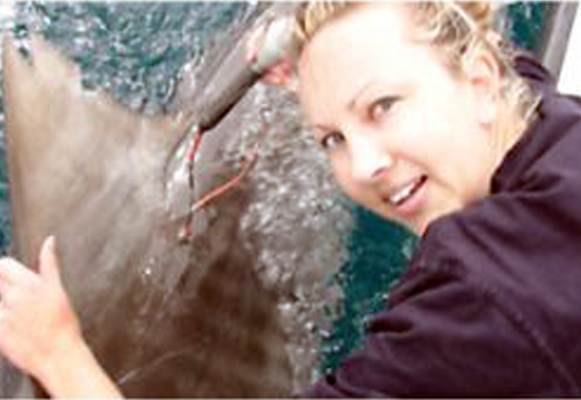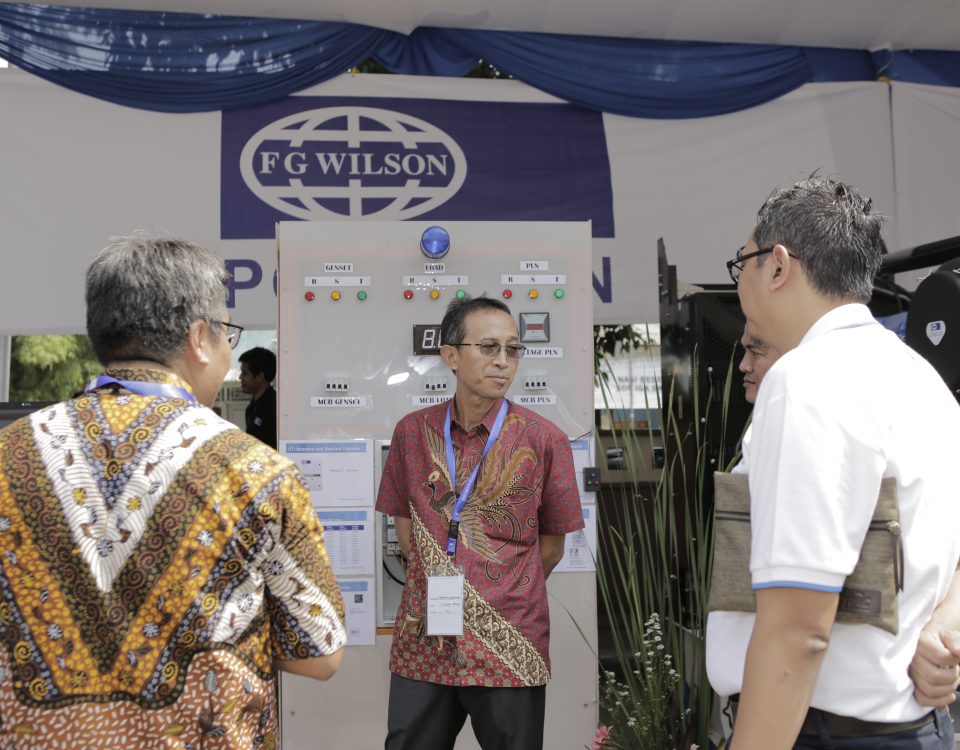FG Wilson Funds Major Research Breakthrough
Tiger Shark Study Donation Reaps Huge Rewards
A major breakthrough in the cross-jurisdictional management of tiger shark movements across the broader south-west Pacific region has been made thanks to research funded by FG Wilson.
In 2009 FG Wilson, the leading global manufacturer of diesel and gas generator sets, donated $5000 to The University of Queensland in support of its South East Queensland Tiger Shark Research programme.
This research, the first of its kind in the Indo-West Pacific, was part of a student’s PhD study looking at the movements of tiger sharks (Galeocerdo cuvier) across the region, with a focus on the biological and ecological factors that may affect their migrations.
As a species listed as ‘Near Threatened’ on the IUCN Red List, and potentially dangerous to humans, this study aimed to provide critical information on the movements of tiger sharks to aid in the future sustainable management of the species, as well as provide information on when human-shark encounters may be at their highest.
To monitor large shark movements, satellite tags were fitted to wild-caught live sharks which were then re-released. Local and migratory movement data, as well as depth and temperature information, were then collected by the tags and transmitted via the ARGOS satellite system back to the research team.
The funding provided by FG Wilson was used to sponsor the tagging of a tiger shark on the east coast of Australia. On the 25th of September 2010, a 3.1 metre female tiger shark was tagged with the FG Wilson Pop-Up Archival (PAT) tag in the nearshore waters of Noosa, Queensland. She was nicknamed ‘Gennie’ after FG Wilson’s generators.
As Bonnie Holmes – the University of Queensland PhD candidate responsible for the study – explains, ‘Gennie’ played a major role in ensuring the success of the study and in ensuring key findings were produced.
“Gennie’s tag popped up prematurely nine days later, over 250 kilometres away and well off the continental shelf. The PAT data revealed that the tag had popped prematurely based on a pre-programmed release because Gennie had reached depths of around 1,980 metres. The tags are programmed this way because this depth is the threshold at which the pressure can cause the tags to implode.
“While I could not determine if she had actually swum there, or had suffered a mortality event, the information she provided was invaluable. Her total track length was 258km, of which she moved around 32 km per day at a swim speed of 3km per hour. The maximum depth during active swimming was 156 metres in relatively warm water with a minimum of 20.6°C.
“Fortunately Gennie’s story didn’t quite end there – some fellow researchers working in New Caledonia recognised the unique notches in her dorsal fin from photographs taken during our tagging of her in Noosa. It appears that Gennie had been sighted twice before in 2002 and 2008 in New Caledonia, meaning that she had made the 2,000km journey across the Coral Sea to Australian waters.
“This re-sighting was one of the first confirmed cases of population connectivity of tiger sharks across the broader south-west Pacific and has huge implications for fisheries’ cross-jurisdictional management into the future, as well as for the genetic population structure work that I am conducting next as part of my research. All of this was made possible by the generous donation to the study by F.G. Wilson.”
Steve Morcom of FG Wilson commented:
“FG Wilson is very aware of its corporate social responsibility and has a global plan which ensures that we are contributing to the communities in which we do business throughout the world.
“This tiger shark research project was of critical importance in providing vital conservation data concerning the ecology and biology of the tiger shark populations of south east Queensland. We are delighted the project was such a huge success and wish Bonnie and her team well for the future.”





